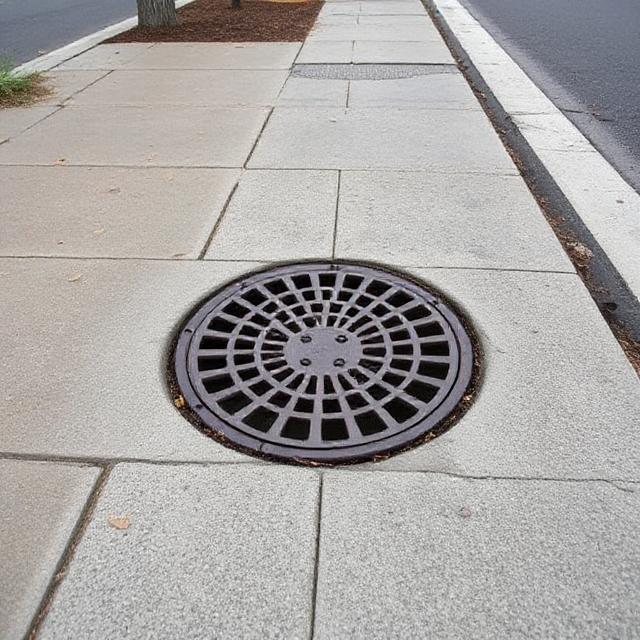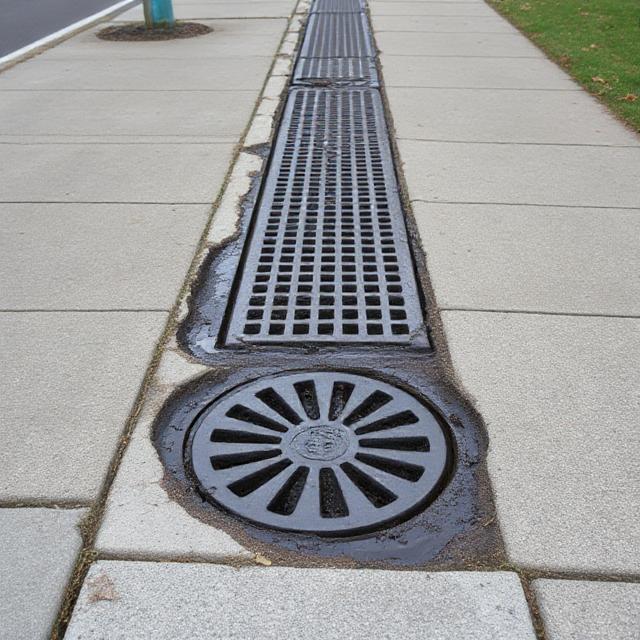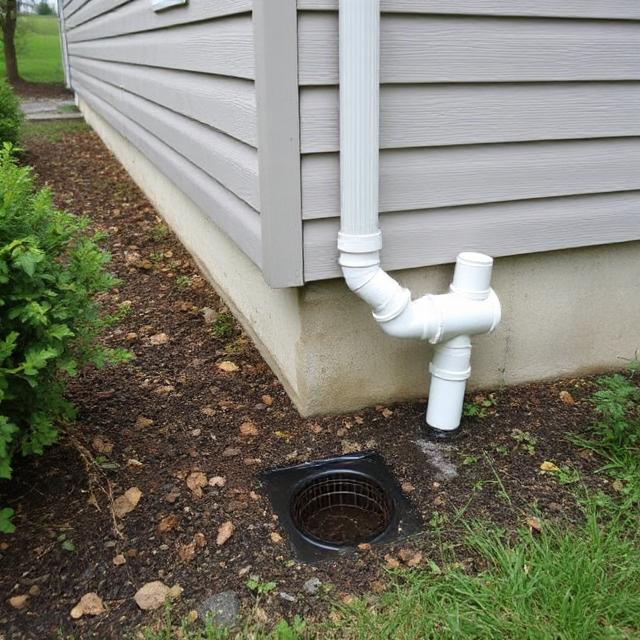Where Are My Stormwater Drains?
Understanding the Importance & Location of Stormwater Drains
The Purpose of Stormwater Drains
Location of Stormwater Drains

Footpaths
One common location for stormwater drains is along footpaths. Footpaths are usually made of impervious materials such as concrete or asphalt, which do not absorb water.
Stormwater drains are strategically positioned along these pathways to capture rainwater runoff. They often feature grated openings or slots to allow water to flow in while preventing larger debris from entering the drainage system.

Driveways

Side of the House
Preventing Blockages
Environmental Implications
Conclusion
Stormwater drains play a vital role in managing rainfall runoff and preventing flooding. Understanding their purpose and proper locations is essential for effective stormwater management. By recognizing the significance of stormwater drains and practising responsible environmental stewardship, we can collectively contribute to preserving water resources and maintaining a healthier ecosystem for future generations.
If you would like to check by a licensed plumber, give us a call at 131091 were open 24/7, or visit our website. We serve areas in Canberra, Newcastle, Central Coast, and Hunter Valley.
THE DOCTOR GETS IT DONE
